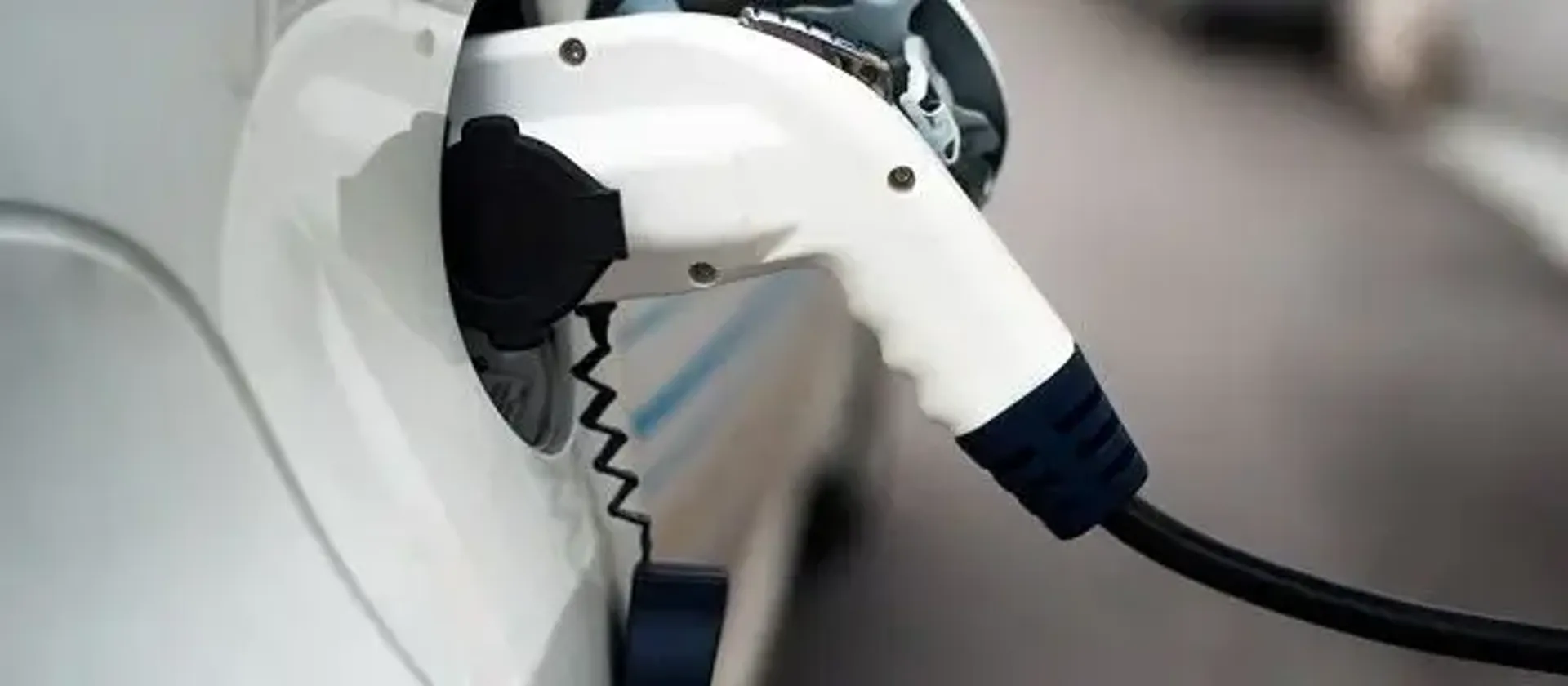
31/01/2018
How route planning helps you maximise fuel efficiency, How far can you travel on an empty tank, the small changes that make big fuel savings
How route planning helps you maximise fuel efficiency
When trying to be fuel efficient, it’s not only about how you drive but also where you drive that affects fuel efficiency. So whether it’s looking up your route online, investing in telematics that can highlight your best route or simply getting out the old map; here are some easy ways you can plan your route to ensure your fleet is fuel efficient.
Don’t always take the shortest route
Whilst it may seem more efficient to take the shortest route so that you’re not travelling for as long a distant, it may be worth looking for longer routes that contain less traffic. Time spent idling uses just as much fuel as time spent driving. This means you may also be in the car longer whilst in heavy traffic than if you were to use a longer route with no traffic. Travelling at the same, consistent speed is also more fuel efficient than continuously starting and stopping.
Make a big trip
Your car is more fuel efficient when making one long round tip than several short trips; this is due to the engine getting warm and operating at its most efficient. The colder your engine is, the less fuel efficient it will be. Therefore look ahead and see how many stops you can make on one big trip, whilst keeping the engine warm, rather than going to and from base constantly.
Look at the roads you’re driving on
Some areas are worse for fuel emissions than others. Look for areas that help reduce high emissions as not only will it help the environment but it will help you save fuel too. In low-speed limit areas, fuel consumption and emissions increase significantly. Where possible, avoid areas that create high emissions.
Reduce overloading
The more items you have in your vehicle, and the more weight and strain being placed on your vehicle the more fuel it will use. If you’re planning your route ahead of time, assess which items are necessary to have in your vehicle for that trip. Whilst it may seem like a lot to load and unload for each trip, it’ll help fuel savings in the long run. See our tips here for making the most of space and storage for your vehicles.
Ensure filling stations are on route
Getting to the end of your fuel tank and not knowing where your nearest filling station is can cause drivers to drive for extra miles. Before you set off, look for filling stations that are based on your route, and factor them into your journey. You can find your nearest fuelGenie enable filling station here.
How do you use route planning in your fleet? Let us know on either Twitter or LinkedIn.


